HBO’s latest miniseries Chernobyl has caused much discussion among people about the 1986 nuclear accident at Chernobyl.
If you’ve watched the series, you must be knowing how distressing it was to watch the fourth episode that shows shooting of the abandoned dogs in Pripyat in the aftermath of the nuclear disaster.
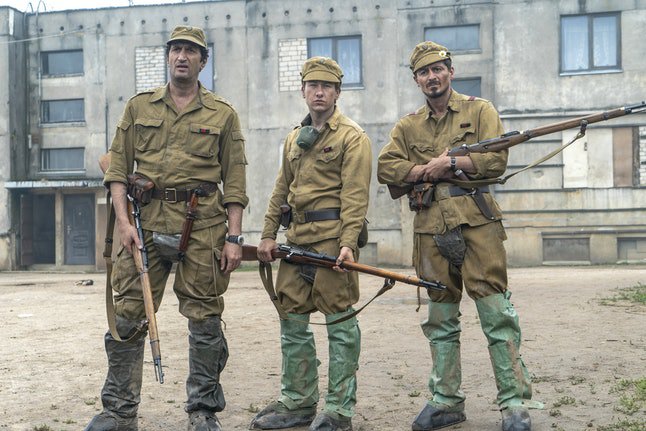
Unfortunately, what is shown in the series is true.
After the Chernobyl disaster in 1986, when Pripyat and the surrounding villages were evacuated, residents were not allowed to take their pets with them.
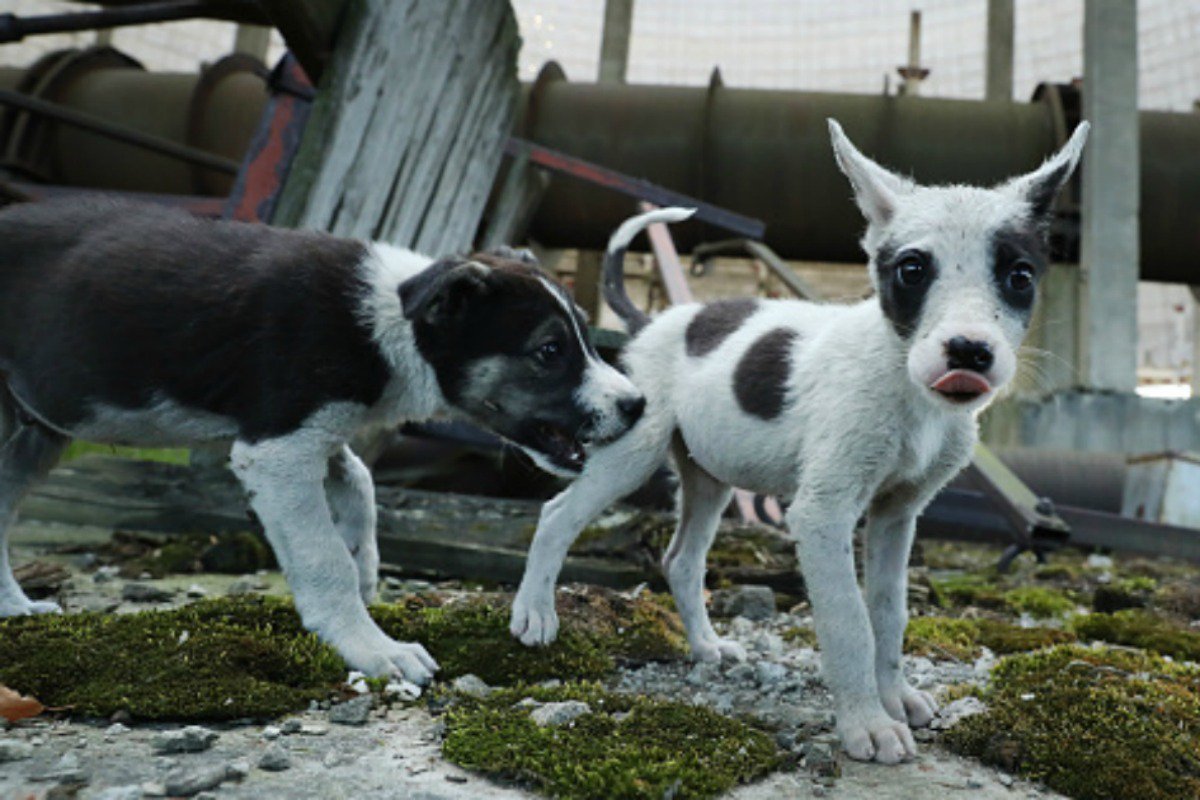
Svetlana Alexievich’s book titled Chernobyl Prayer, gives detailed accounts of the day of evacuation. People narated how they remember their beloved cats looking into their eyes, dogs howling and trying to get on the buses, while the soldiers were pushing them back.
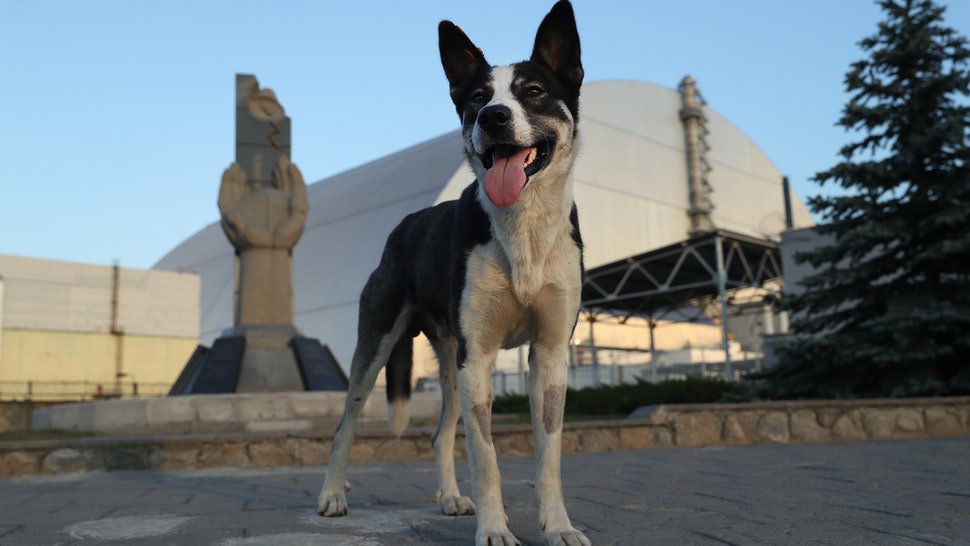
Dog owners also reportedly left notes on their doors, begging the government to spare their pets’ lives, but that didn’t stop officials from killing as many of the remaining animals as they could.
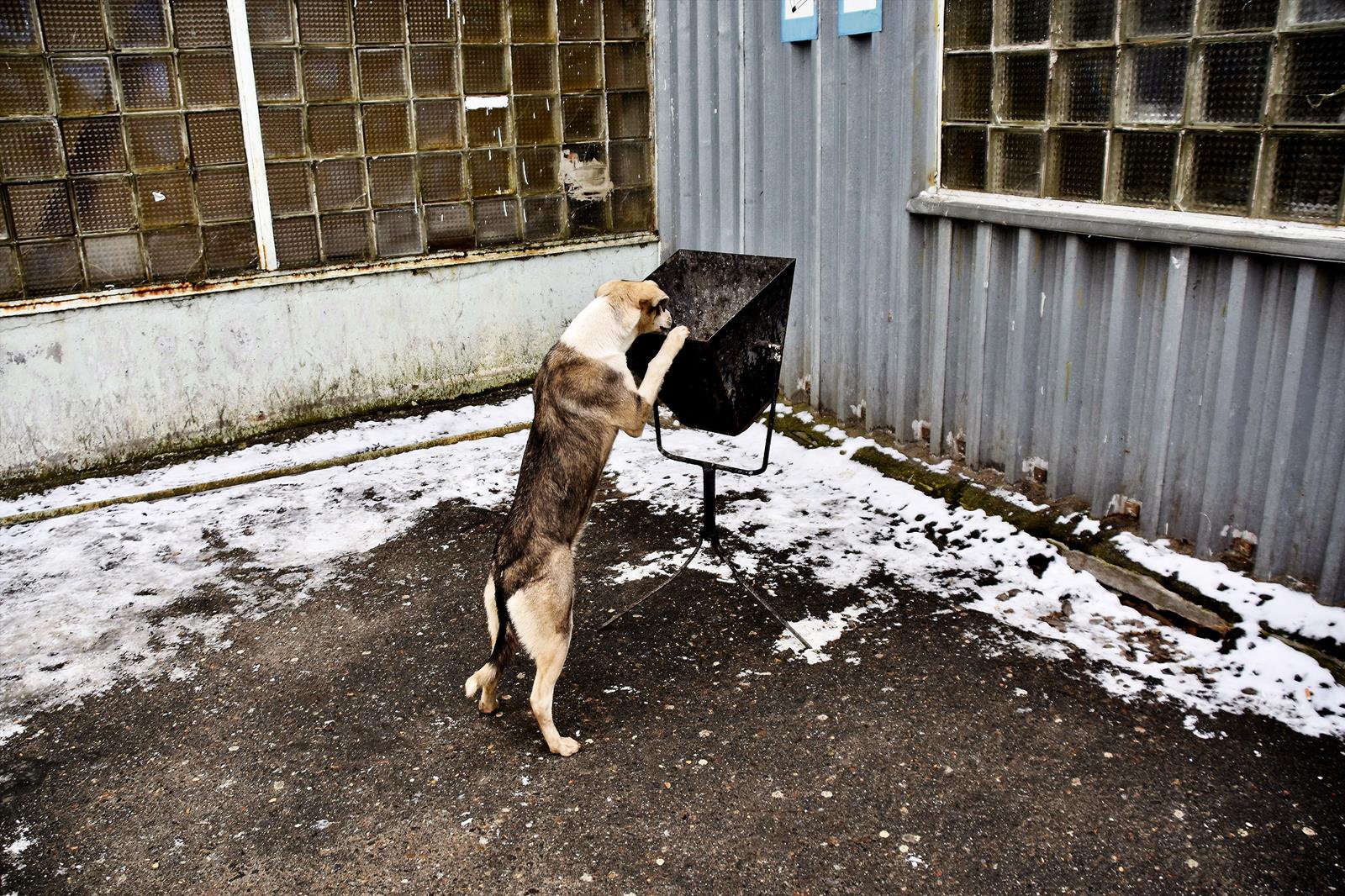
As reported by The Guardian, no animals were spared. Squads were sent in to shoot them to prevent the spread of radiation.
One of the horrifying accounts of a ‘liquidator’ from the book Chernobyl Prayer read:
“Dogs were running about near their houses. Guarding them, waiting for people to come back. They were excited to see us, came running to a human voice. They welcomed us. We shot them in the houses, the barns, the vegetable plots. Then we dragged them out and loaded them on to the tipper trucks. Not pleasant, of course. They couldn’t understand why we were killing them.”
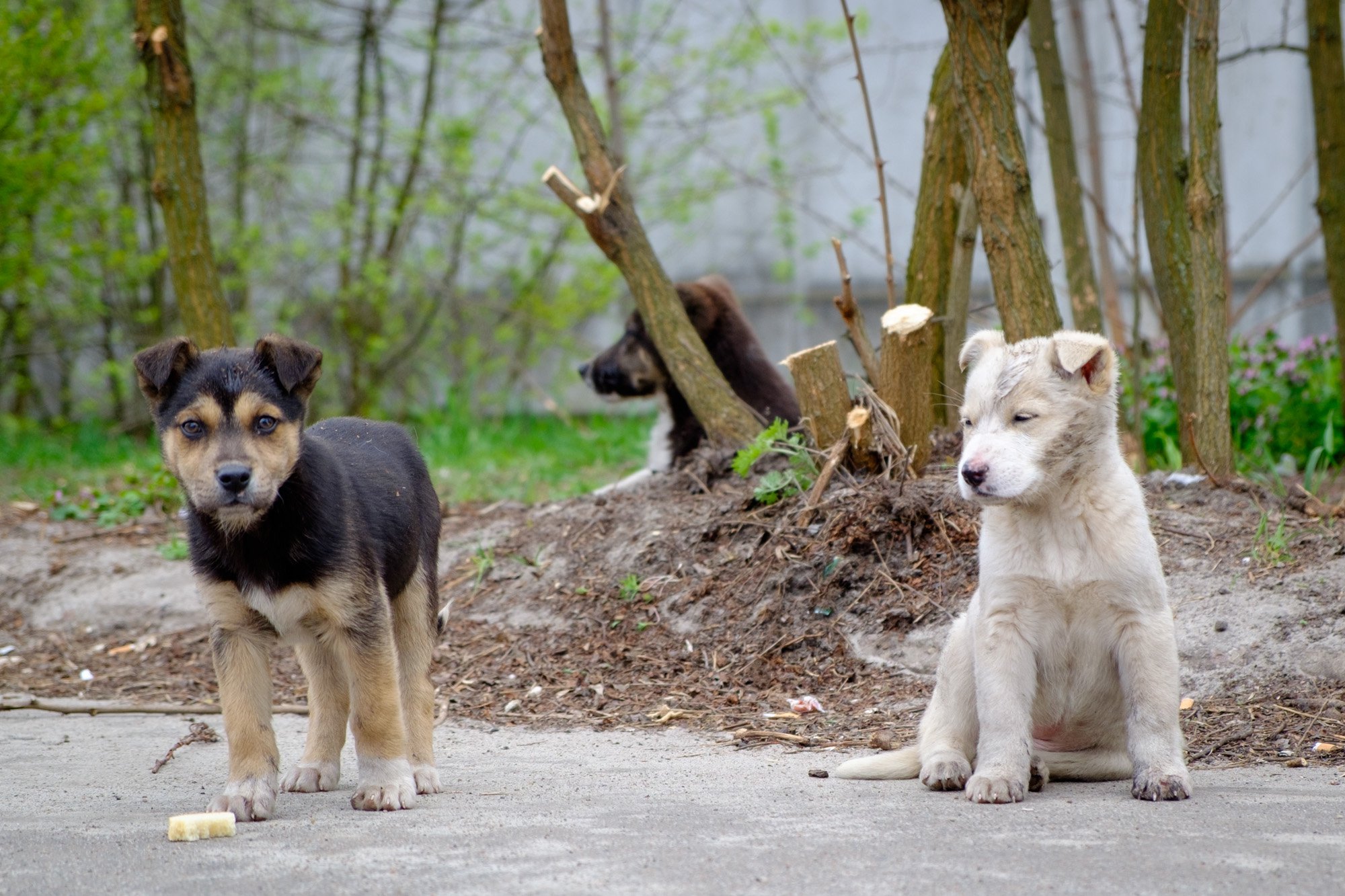
While the government tried to kill as many animals as possible, reports suggest that around 300 stray dogs are still living in the exclusion zone.
Most of them are descendants of those who somehow survived the shooting.
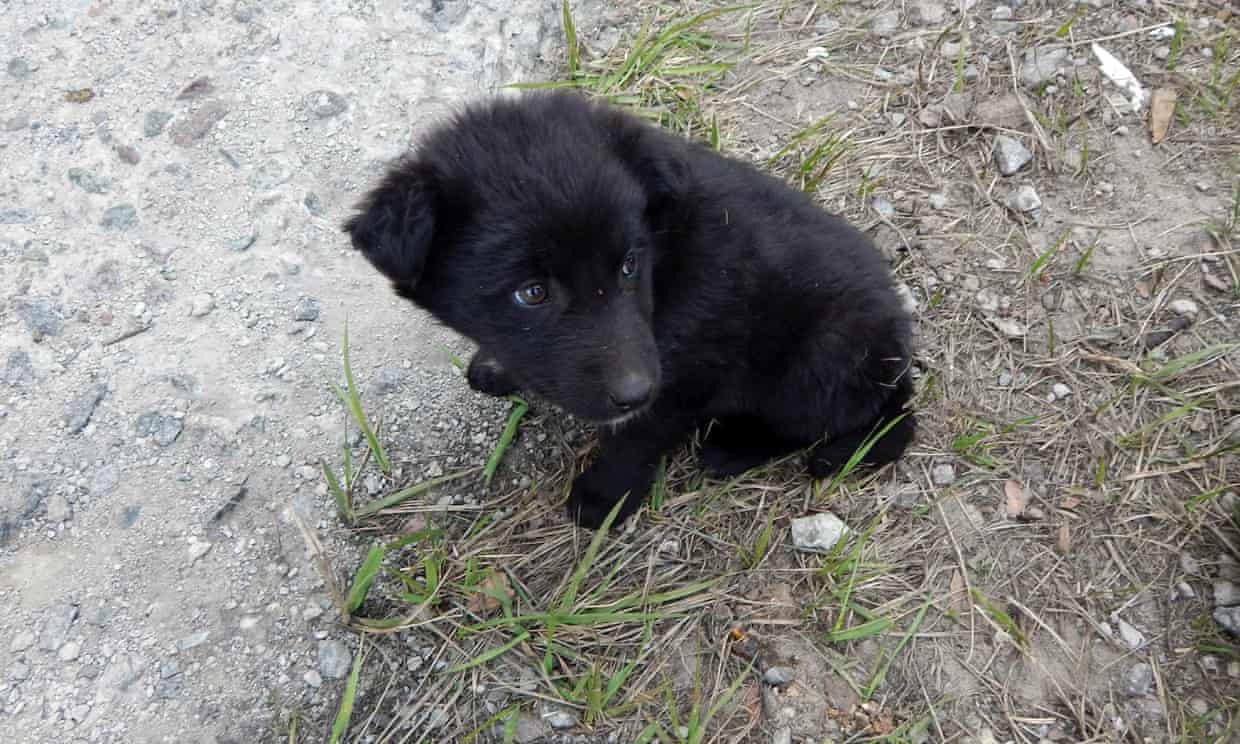
These dogs have a very short life and do not generally survive beyond the age of four or six. This is not just because of the increased levels of radiation in their fur but also due to the harsh Ukrainian winters.
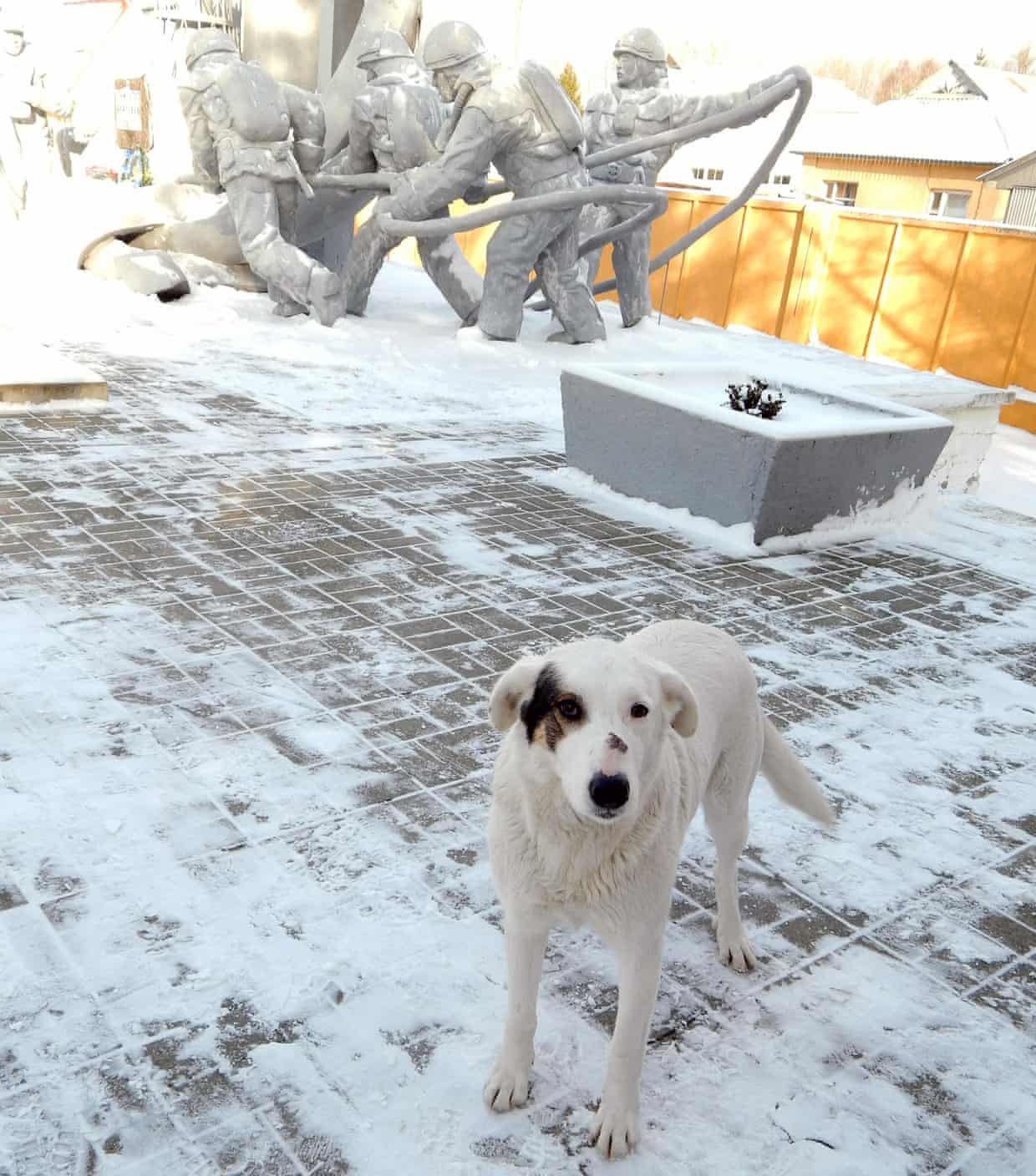
Lack of permanent indoor shelters makes life more difficult for them.
Workers at the nuclear plant try to take care of these dogs, but a significant role is played by non-profit organisations like Clean Futures Fund and Four Paws who work with the goal of vaccinating these animals and protect them from diseases.
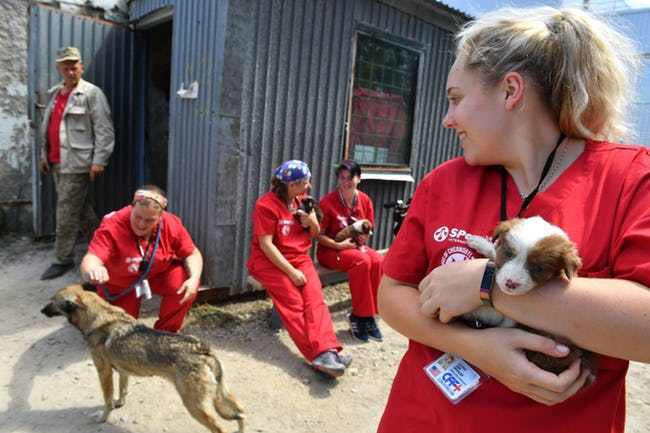
Apart from these stray dogs who are native to Chernobyl, Mongolian wild horses have also been introduced in the exclusion zone and today their population has grown.
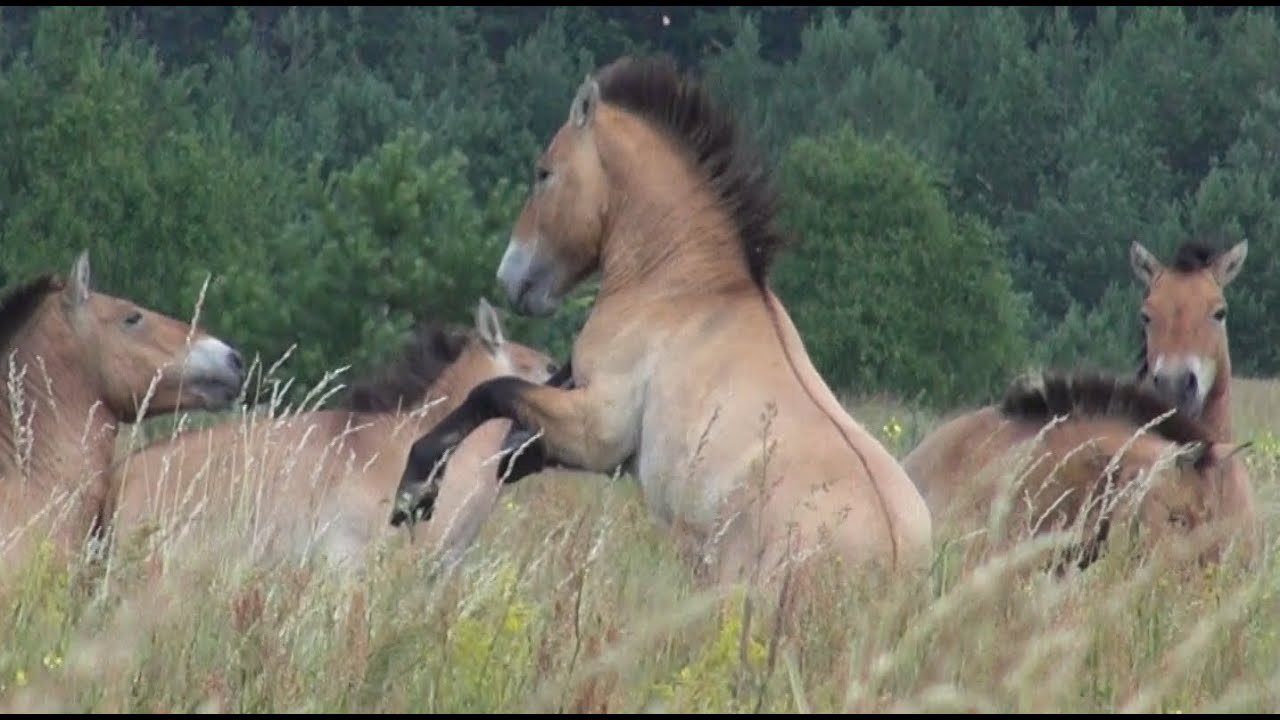
There are more animals now than there were 30 years ago, including moose, wild boars and wolves, making the Red Forest in Chernobyl a thriving wildlife sanctuary.
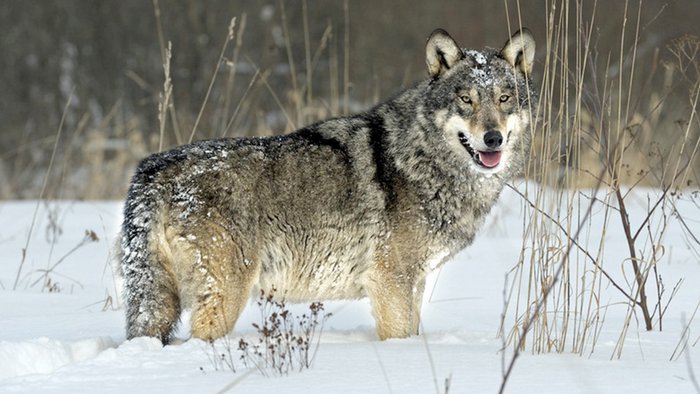
While it is still not clear whether it is safe for these animals to live here, Chernobyl has surely become a refuge for them away from human habitation.

















